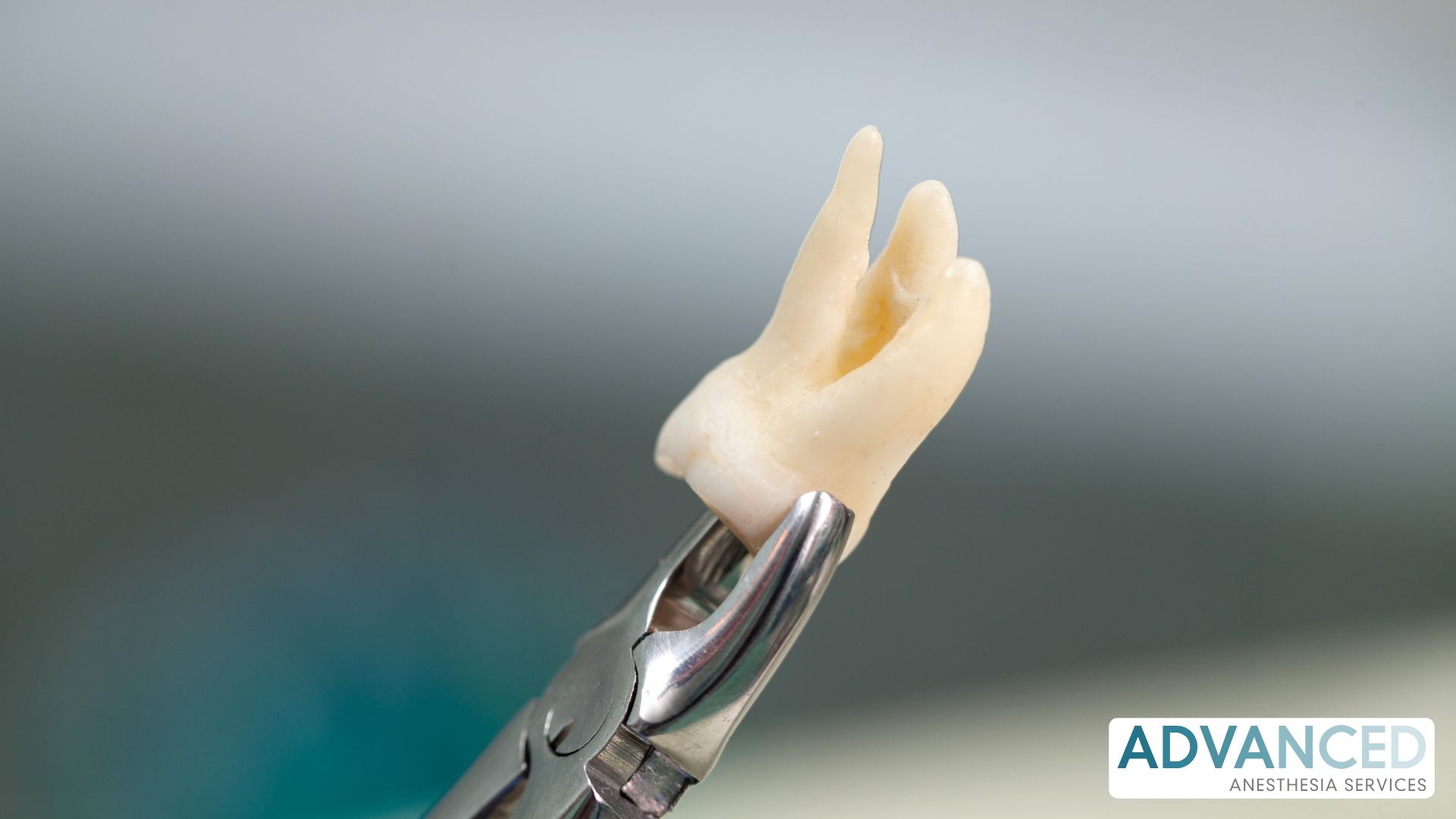
The Challenge of Sedation Bottlenecks in High-Volume Dental Clinics
The demand for same-day extractions continues to rise, driven by patient expectations and the expansion of corporate dental service organization (DSO) models. However, many practices reach a point of diminishing returns due to limitations in sedation protocols. Traditional methods such as oral benzodiazepines or nitrous oxide often delay induction, prolong emergence, and restrict case volume. Incorporating Certified Registered Nurse Anesthetist (CRNA)-led intravenous (IV) sedation, typically with a propofol-based regimen, enhances clinical efficiency, reduces turnover times, and improves the overall patient experience. This article outlines an operational framework for integrating CRNA-led sedation into a same-day extraction model.
Comparing Traditional Sedation to CRNA-Led IV Sedation
In a standard oral benzodiazepine workflow, patients often wait 30 minutes or more for the sedative to take effect. Even then, sedation depth may be inconsistent, delaying the start of surgery or resulting in uncooperative behavior during induction. Emergence is similarly unpredictable, sometimes requiring extended monitoring.
By contrast, CRNA-led IV sedation enables a controlled, rapid onset within two minutes of patient arrival. The surgical team can begin within 90 seconds of induction, and patients typically regain full verbal orientation within five minutes of case completion. This streamlined process shortens total chair time and increases the number of patients that can be treated per day. When scaled across 8 to 10 patients daily, the cumulative time savings can exceed 75 minutes.
CRNA Staffing and Procedural Workflow
The most effective operational model uses a dual-room flip pattern to maximize provider efficiency. For example, while the dental surgeon completes closure on one patient, the CRNA is already inducing the next in an adjacent operatory. This continuous workflow reduces idle time and prevents procedural delays.
Defined team roles ensure consistent performance:
Posting a laminated role map in each bay reinforces responsibilities and maintains procedural momentum.
Pharmacologic Strategy for IV Sedation in Oral Surgery
A standardized drug protocol is key to achieving rapid recovery and predictable outcomes:
Capnography is continuously monitored, allowing the CRNA to identify and correct hypoventilation before oxygen desaturation occurs.
Operational Metrics to Track Clinical Efficiency
Key performance indicators for same-day extraction programs using CRNA-led sedation include:
Displaying these metrics in staff areas supports continuous performance improvement and fosters team alignment around efficiency goals.
Financial Considerations and Return on Investment
The financial return of CRNA-led sedation is compelling. Adding two additional patients per day at an average extraction package value of $1,200 over 220 working days generates approximately $528,000 in incremental revenue. The cost of CRNA coverage, averaging $1,100 per day or $242,000 per year, leaves a projected net gain of roughly $286,000 annually before accounting for additional overhead. Beyond the financial impact, practices benefit from improved patient satisfaction and reduced case cancellations or reschedules.
Safety and Risk Management Protocols
Deep sedation requires enhanced vigilance and preparation. To support patient safety, practices should implement:
These protocols help maintain regulatory compliance and reduce the likelihood of adverse events.
Conclusion
CRNA-led IV sedation offers a scalable solution for dental practices aiming to expand same-day extraction capacity. It improves surgical efficiency, enhances the patient experience, and delivers measurable financial benefits. By aligning clinical workflows with sedation best practices, high-volume dental centers can optimize performance without compromising safety.


